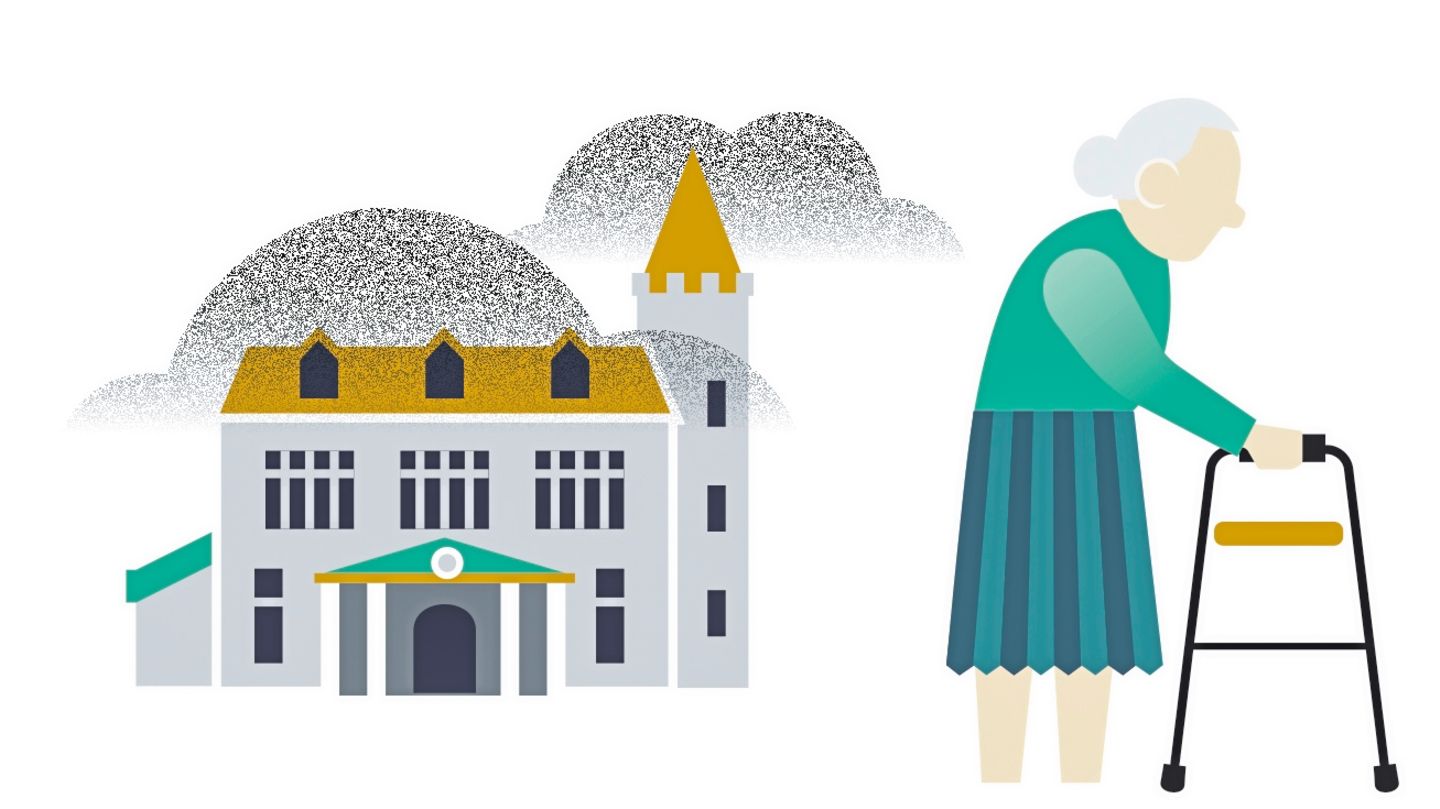(By Leandro Selén) The Government is carrying out the construction of more than 132,000 homes throughout the country, with which the Ministry of Territorial Development estimates that 150,000 houses will be delivered before the end of the year.
President Alberto Fernández and the Minister of Territorial Development, Santiago Maggiotti, carried out last Wednesday in the province of Santiago del Estero the delivery of the house number 100,000 that was built in this administration.
However, there are 132,188 homes under construction throughout the country, according to the Ministry’s records, while those actually delivered already add up to 100,630.
“We are building homes in the 24 provinces and this implies fulfilling the dream of owning a home and changing the lives of families. But this process also generates labor, employment and economic reactivation in the places where it is built,” Maggiotti told telam.
He pointed out that “what has been achieved so far tells us that there are more than 100,000 families that already have their own home,” and added that “the expectation is to be able to end the year with the largest number of homes delivered, to try to reach house number 150,000”.
“But the main expectation is to plan with the provinces and municipalities to have 100,000 lots with services per year available to build 100,000 homes per year,” said the minister, who stressed that “the idea is to continue with this policy over time so that within 15 years we can end the housing deficit”.
Regarding housing under development, the province of Buenos Aires has 33,553 units under construction; that of Santiago del Estero, with 8,231; Cordoba, with 8,169; Santa Fe, 7,837; Between Rios, 6,916; Chaco, 6,847; Saint John 6.153; Tucumán, 5,152 and Misiones, 4,793.
It is followed by Salta, with 4,350 homes under development; Formosa, with 4,333; Neuquen, 4,166; Catamarca, 3,802; Mendoza, 3,519; Río Negro, 3,094: San Luis, 2,963; Santa Cruz, 2,909; La Rioja, 2,856; La Pampa, 2,756; Chubut, 2,745; Currents, 2,113; Land of Fire 2,057; Jujuy, 1,751; and CABA, 1,099.
“This is a State with a vocation to generate opportunities and equal rights,” said Maggiotti, who pointed out that “there is a direct generation of employment in the construction of houses, but there is another indirect generation because 90% of the materials used They are from the national industry.
In addition, he remarked that “in each place in the country where houses are built there is an economic reactivation of the local corralones and the rest of the businesses due to the circulation that occurs.”
He stressed that “the construction of homes is carried out with different programs, ranging from the urban developments of Procrear, to credits for construction and units that are made with provincial and municipal executing entities.”
Regarding the credits granted by the Government within the framework of the Casa Propia program, 36,283 operations have already been completed, while there are 38,064 in execution, in both cases also throughout the country.
In the province of Buenos Aires, 18,510 credits were granted and there are 9,914 in execution; in Santa Fe 5,109 granted and 4,404 in process; in Córdoba, 4,856 and 4,553; in Entre Ríos, 2,252 and 2,201; in Río Negro, 1,386 and 1,965; in Mendoza, 1,225 and 1,073; and in Neuquén 1,208 and 1,976.
La Pampa has 1,096 loans granted and the same figure in execution; Chaco, with 1,095 and 1,607; Santa Cruz, with 801 and 1,436; Jump, 695 and 1,000; Chubut, 658 and 931; San Luis, 607 and 482;
Currents, 590 and 695; Formosa, 575 and 633; Missions, 527 and 720; and Tucumán, 490 and 823.
In addition, in Tierra del Fuego 461 were delivered and another 1,025 are in process; in La Rioja, they are 379 and 419; in Jujuy, there are 358 and 523; in Catamarca, 282 and 197; in San Juan, 162 and 111; in Santiago del Estero, 158 and 219; and in CABA, 67 and 61.
“The State must have a public housing policy that is continuous over the years, where the financial system and the private sector build homes with loans that can be adjusted by the salary variation index and not by systems such as the UVA (Unity of Purchasing Value), to let the family know that they are going to pay a fee that does not exceed 25% of their income and that this percentage will not change throughout the entire loan. This is to improve the quality of life of the people”, concluded Maggiotti.
Source: Ambito




